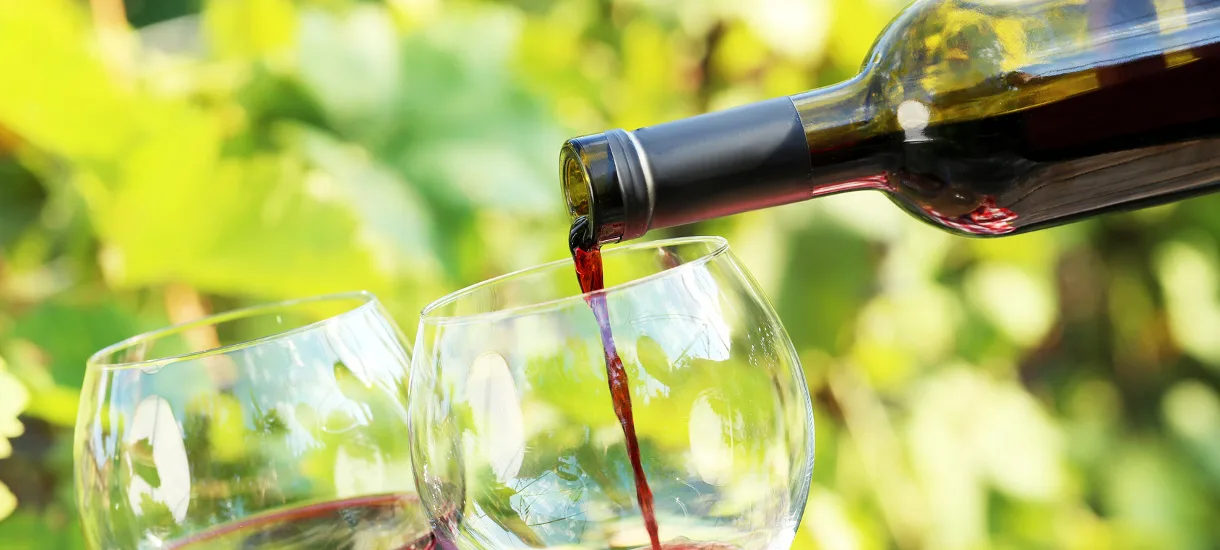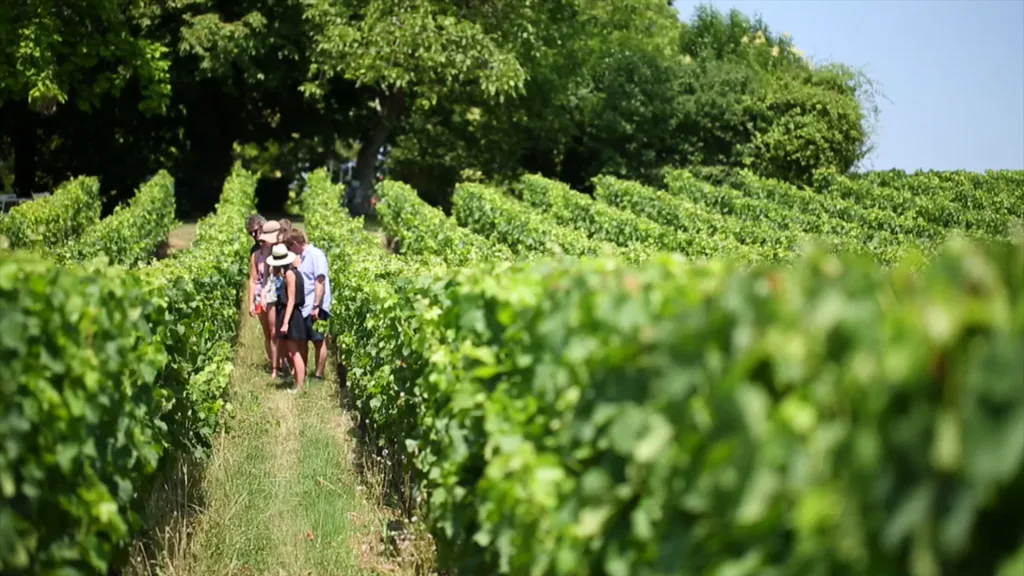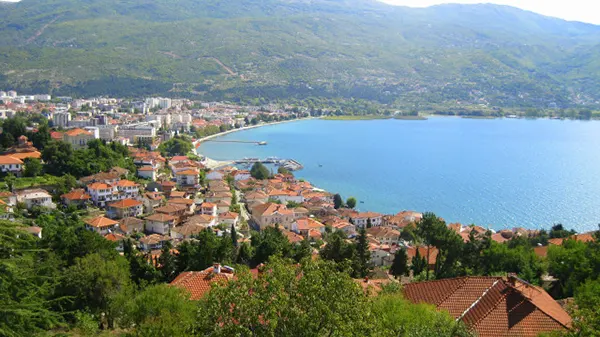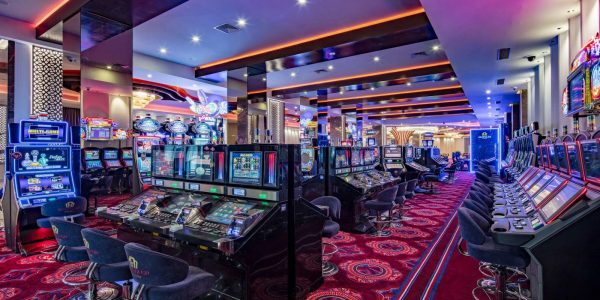
Bordeaux Wine Tours: How to Choose the Best Route
France’s Bordeaux region is celebrated worldwide for its exquisite wines and picturesque landscapes. With so many vineyards and tours to choose from, selecting the ideal wine tour can be overwhelming. This guide offers practical tips and essential insights to help you craft the perfect Bordeaux wine tour experience.
Understanding Bordeaux: A Region of Diversity
Bordeaux is not just one place—it’s a collection of sub-regions, each with its own unique charm and wine offerings. The Left Bank, home to the Médoc and Graves, is renowned for its full-bodied red wines made primarily from Cabernet Sauvignon. Meanwhile, the Right Bank, encompassing Saint-Émilion and Pomerol, produces softer wines often dominated by Merlot. Understanding these distinctions is key to tailoring your itinerary.
When exploring the Médoc, you’ll notice the prevalence of grand châteaux surrounded by neatly arranged vineyards. This region is synonymous with prestige, offering some of the finest wines in the world. On the Right Bank, Saint-Émilion offers a more rustic charm, with medieval streets and smaller, family-owned vineyards. Each region presents a unique perspective on Bordeaux’s winemaking heritage, making it essential to explore both for a well-rounded experience.
The Médoc and Its Iconic Châteaux
For lovers of robust reds, the Médoc region is a must-visit. Here, you’ll find world-famous estates like Château Margaux and Château Latour. Tours often include guided walks through vineyards, tastings in centuries-old cellars, and insights into the winemaking process. Booking in advance is crucial, especially during the harvest season.
While many châteaux require reservations, others welcome walk-ins, making it easy to adapt your plans. Opt for tours that offer a balance between education and relaxation. For instance, many vineyards now incorporate modern tasting rooms where experts guide you through wine pairings with local cheeses and charcuterie. This elevates the tasting experience and provides a deeper appreciation of the wine’s complexity.
How to Plan Your Bordeaux Wine Tour
Planning ahead is essential for making the most of your Bordeaux experience. Decide whether you prefer group tours or private ones. Group tours are budget-friendly and sociable, while private tours offer a more personalised experience. Additionally, consider the time of year—autumn harvests provide a unique glimpse into vineyard life, while summer showcases the region in full bloom.
When choosing your itinerary, it’s also helpful to consider the distance between vineyards. Bordeaux’s vast area means that travelling from one estate to another can take time. Focus on a specific sub-region for a day, allowing you to fully immerse yourself in its character without feeling rushed. Including a mix of prestigious estates and smaller, lesser-known producers will provide a diverse experience.
Choosing the Right Tour Operator
Several operators specialise in Bordeaux wine tours, catering to different interests and budgets. Look for companies with knowledgeable guides and good reviews. Some operators even offer bespoke routes tailored to your wine preferences, ensuring a customised and memorable experience.
To ensure a seamless trip, opt for operators that provide transport, especially if you’re unfamiliar with the region. Many companies offer themed tours, such as those focused on organic wineries or the history of Bordeaux’s wine trade. Additionally, some tours include stops at cultural landmarks, combining wine tasting with an exploration of Bordeaux’s rich heritage.

Additional Tips for an Unforgettable Trip
Maximise your Bordeaux adventure by combining wine tasting with cultural exploration. The city of Bordeaux itself, a UNESCO World Heritage Site, boasts stunning architecture and vibrant markets. Also, don’t forget to pair your wine with local delicacies like duck confit and canelés.
The local cuisine plays an integral role in the Bordeaux experience. Many tours include gastronomic stops, allowing visitors to enjoy fresh oysters from Arcachon Bay or foie gras paired with sweet Sauternes wines. These culinary delights highlight the harmony between Bordeaux’s wines and its regional specialties.
Practical Advice for Visitors
Transportation can be a challenge in Bordeaux, especially when visiting rural estates. Renting a car or booking a tour with included transport is highly recommended. Finally, remember to pace yourself during tastings and drink responsibly. A true appreciation of Bordeaux wines requires a clear palate and a keen mind.
For an eco-friendlier approach, consider cycling tours that take you through scenic vineyard trails. Alternatively, many châteaux are accessible by public transport or regional train lines. No matter your choice, planning logistics in advance ensures a stress-free journey and allows you to focus on the wine and scenery.
Popular articles
-
Outer Islands Seychelles: The Un...
The northern segment of the Outer …

-
Ohrid, North Macedonia — A Timel...
Ohrid is one of the oldest …

-
The biggest and most famous casinos
In recent times, fans of the …

